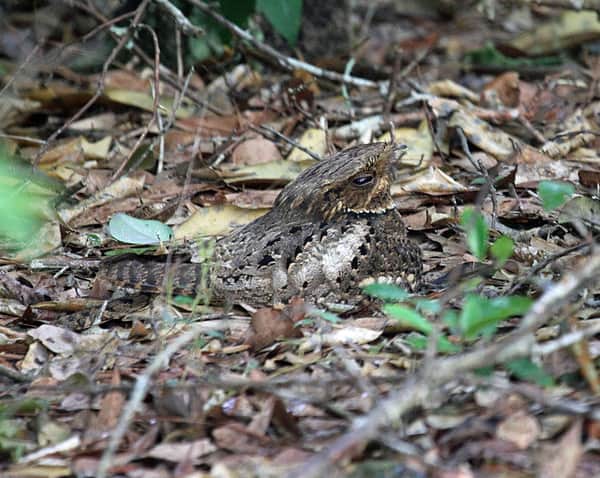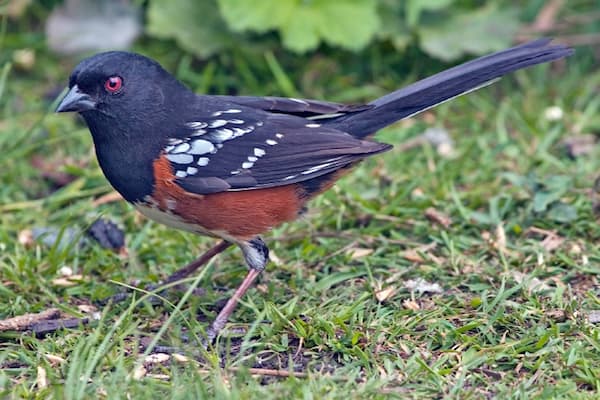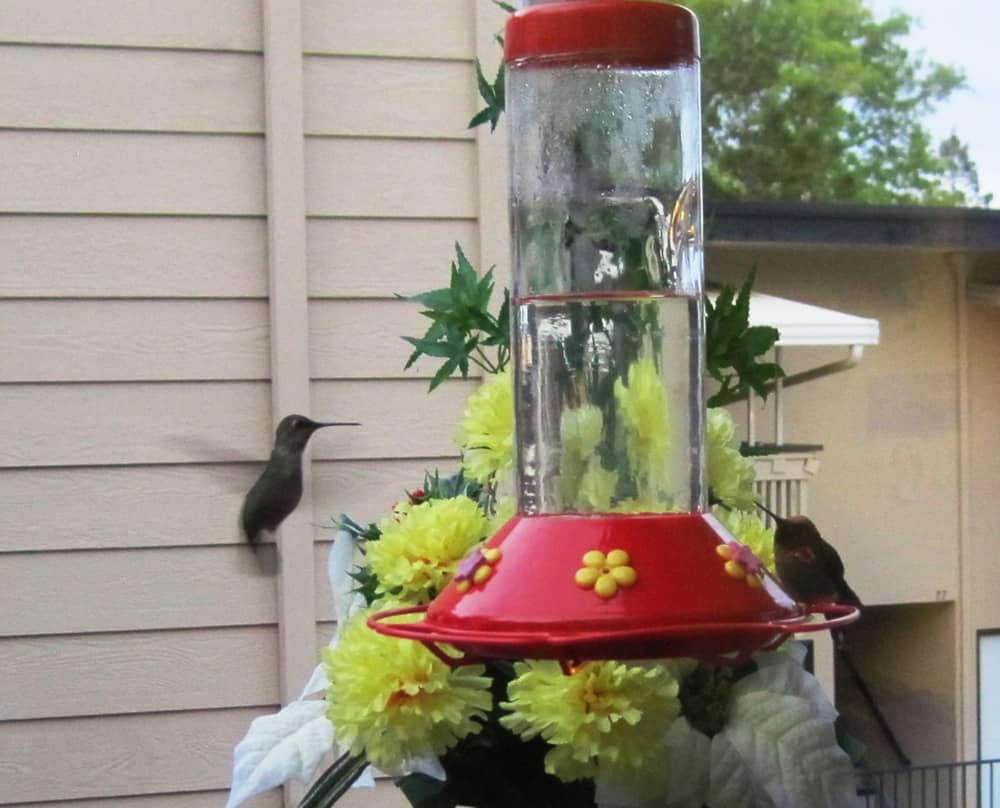What Does a Chuck-will’s-widow Look Like?
Chuck-will’s-widow is brown, black, and gray overall. Like other members of the goatsucker family (such as the common nighthawk and eastern whip-poor-will), this bird is most active at dawn and dusk, foraging and calling. Mostly inactive during the day, chucks usually perch lengthwise along a large tree branch. Their cryptic coloration camouflages them well, making them difficult to see. About 12 inches in length, with a wingspan of 26 inches, the chuck is larger than either the nighthawk or whip-poor-will.
Listen For
The Chuck-will’s-widow is more often heard than seen. Like its close relative the whip-poor-will, it says its name, chuck-will’s-widow, over and over again at night, primarily at dusk and dawn.
Where to Find a Chuck-will’s-widow
A common breeding bird throughout the southeastern United States, the chuck-will’s-widow is a spring and summer resident in dry, open, mixed woodlands and coastal dunes. Fall migration begins in August, and the chucks head southward to spend the winter in the Caribbean islands, Mexico, and Central America, returning to the southern United States by early April.
Some birds remain year-round in southern Florida. They prefer a more open habitat than whip-poor-wills. This species is most active at night and are therefore less well-known than many of our common birds. Drive slowly along rural gravel roads at dusk and watch for the orange-red gleam of the chuck’s eyes—the birds often rest and call from roadsides.
Feeding Behavior
Chuck-will’s-widow is a nocturnal, insect-catching machine. As it flies along woodland edges, its wide-opening mouth closes around a variety of beetles, moths, and other insect prey. Stiff feathers called rictal bristles surround the bill and serve to funnel insects into the bird’s mouth. Chucks will also eat small songbirds during migration or when insect prey is unavailable.
Nesting Behavior
As a ground nester, chuck-will’s-widow builds no nest. In a concealed spot on the ground, the female lays and incubates two eggs for about 20 days. After hatching, the young chucks remain in the nest for two weeks; they are able to fly at about 18 days old. John James Audubon reported that when the nest was threatened, chuck-will’s-widow adults moved the eggs with their mouths to a new location.




